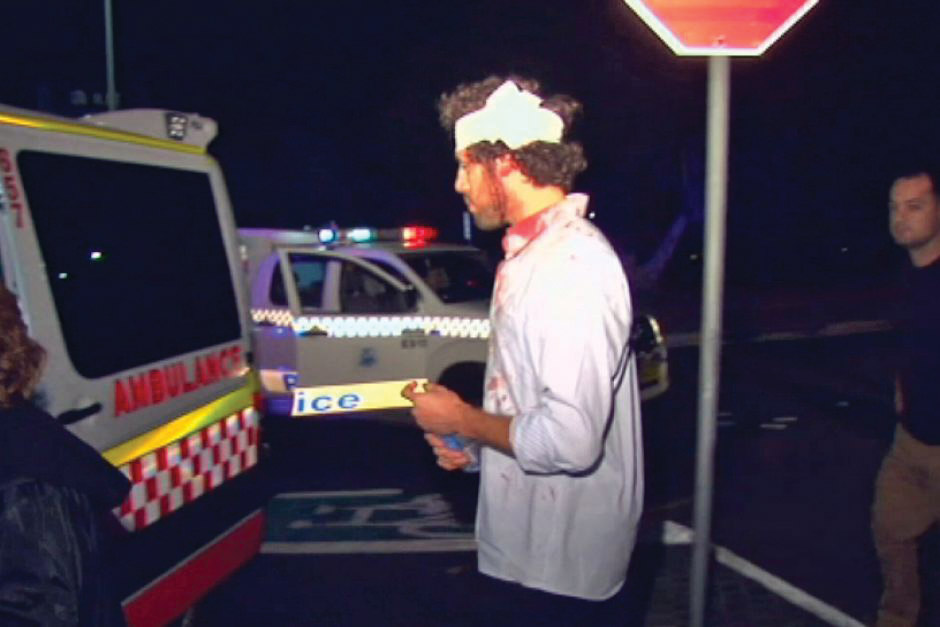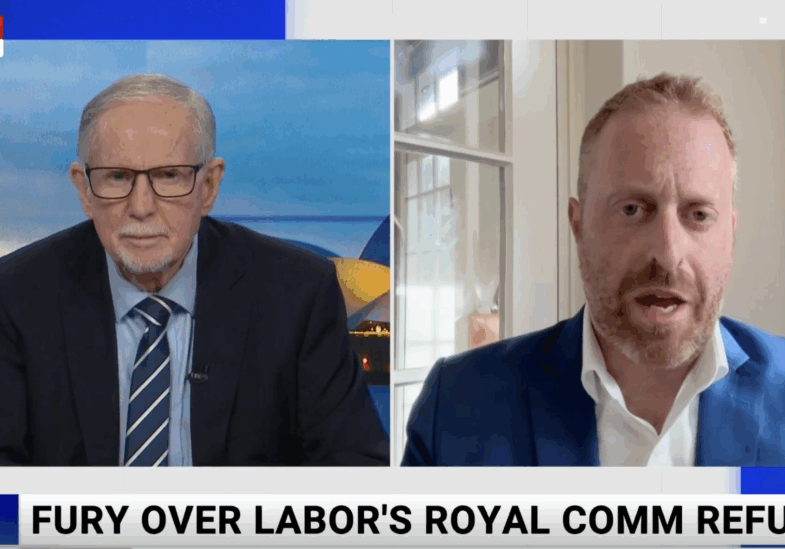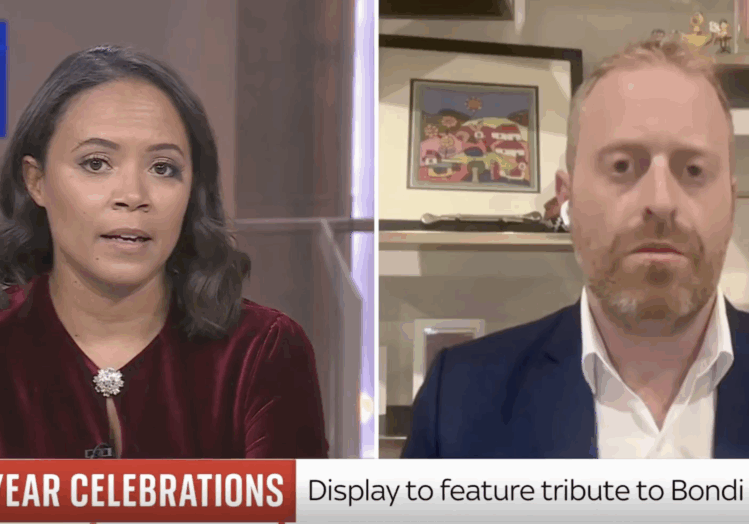Australia/Israel Review
The Last word: Violence and Silence
Nov 26, 2014 | Jeremy Jones

Jeremy Jones
Since October 1989, I have maintained a database of anti-Jewish incidents of “racist violence”, using the definition produced by the Human Rights and Equal Opportunity Commission.
The Executive Council of Australian Jewry, which began its database in 2013 and has released the results of its first year-to-year comparison, noted increased reports of antisemitic assault, telephone calls, graffiti and miscellaneous activity and decreases in street harassment and abusive emails. The ECAJ noted an overall increase of 35% from 2013 to 2014, which is consistent with the data I have drawn from wider sources.
But for understanding this phenomenon, it is helpful to adopt a longer term perspective.
For all incidents, the total was 27% above the average of the previous 24 years. However, it was 10% below the average of the previous 10 years.
It is important to note that this still means there are incidents reported at the rate of 10 per week, which is completely unacceptable.
For the highest category of incident, physical violence and property vandalism, the total was 8% below the 24-year average and 38% below the average of the previous 10 years.
Assault and property damage was up on 2013, but only a third of the 2008 total.
Face-to-face harassment was only half what was recorded in 2012.
Telephone threats were at their highest number since 2006, but were received only half as often as in 2002.
Hate mail has fallen dramatically over the past decade-and-a-half, with 10 times as many threats received in 1996 as in 2014.
Graffiti was reported more often than in 2013 but less frequently than in 2012, and more than 50% less often than it was in 2006.
The worst year for email threats was 2009, with more than twice the number of incidents reported than in 2014.
In the worst month on record for all incidents, January 2002, twice the number of reports were logged as for July, the worst month in 2014.
On the positive side, enormous resources, human and material, have been invested to provide security for anyone within or visiting Jewish community institutions. In addition, in most circumstances police have done all in their power to limit the ability of racists to engage in violence or vandalism.
Over the past 15 years, a number of individuals have been found to be in breach of Commonwealth, State and Territory laws, sending a signal to others who may have been tempted to act on antisemitic impulses.
But the most important aspect of the current environment in which Australian antisemites are operating is the opening of new outlets via which they can bully and threaten the Jewish community.
The debate over retention of federal anti-racism legislation, the language used by former Foreign Minister Bob Carr in his discussion of his time as foreign minister, media sensationalism and inaccuracy in Middle East reporting, were the main issues seized upon by bigots to vent antisemitism.
In each case social media, particularly Facebook and Twitter, provided megaphones to each and every hatemonger, and also a direct channel into the psychological lives of their intended targets.
Antisemitism was also given a berth in the mainstream media to a degree which, if not unprecedented, was certainly the greatest in living memory.
Not only did we witness assaults on decency in these ways, but we also saw a type of cowardice and amorality which goes against the trend of recent years.
Moderators of online sites of taxpayer-funded media outlets were derelict in stopping antisemitic posts, to an extent indicating complicity.
Credible stories emerged of politicians who wouldn’t condemn antisemitism because they thought it would upset Muslim and Arab constituents.
Open antisemitism was dismissed as a distraction by some public officials, who treated those who raised the issue, not the racists themselves, as the troublemakers.
Even government agencies established to combat racism seemed to find it difficult to clearly, unambiguously condemn hateful rhetoric and activity.
That silence, history shows, gives a green light to those who speak through violence.
Tags: Antisemitism






